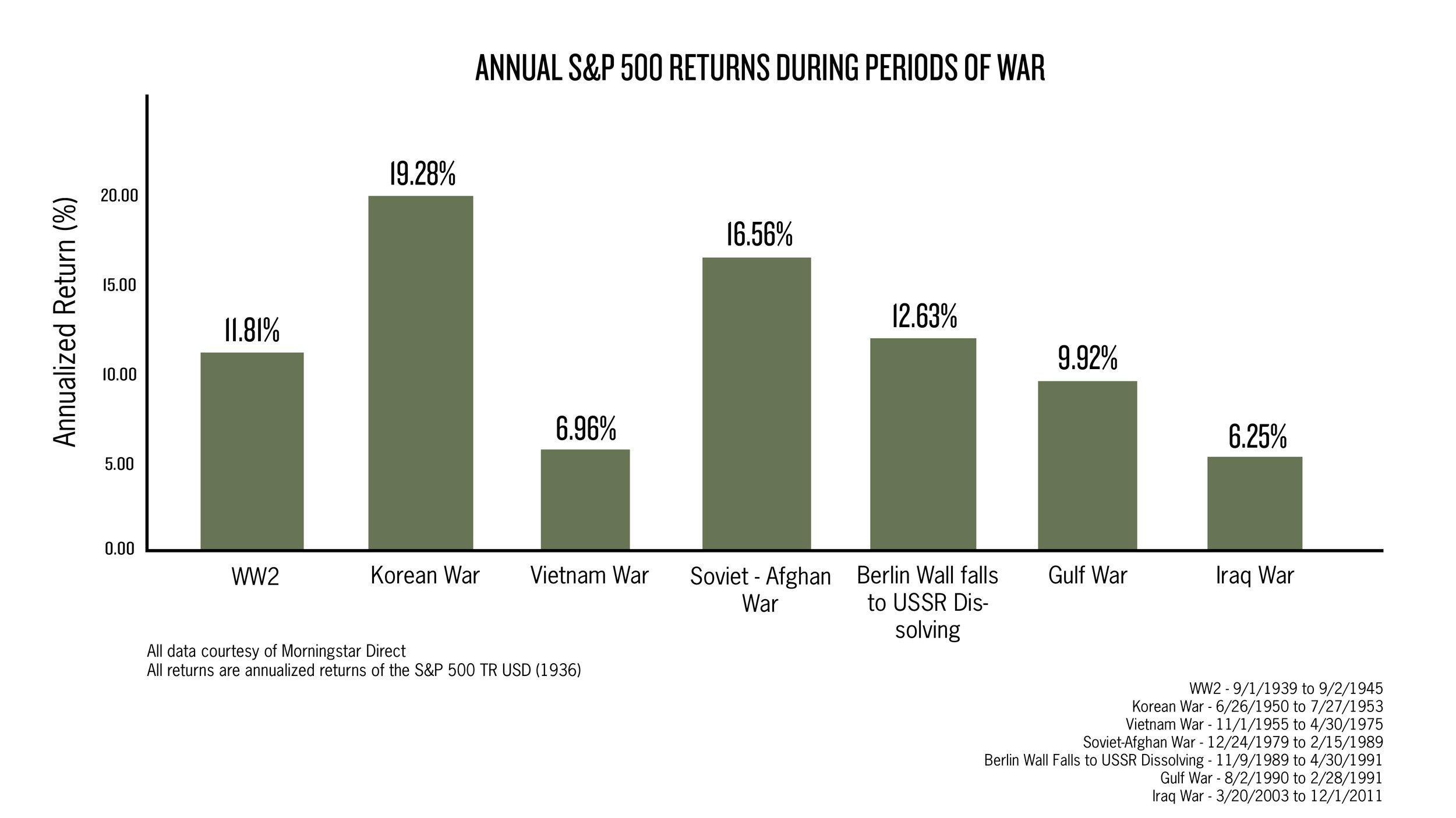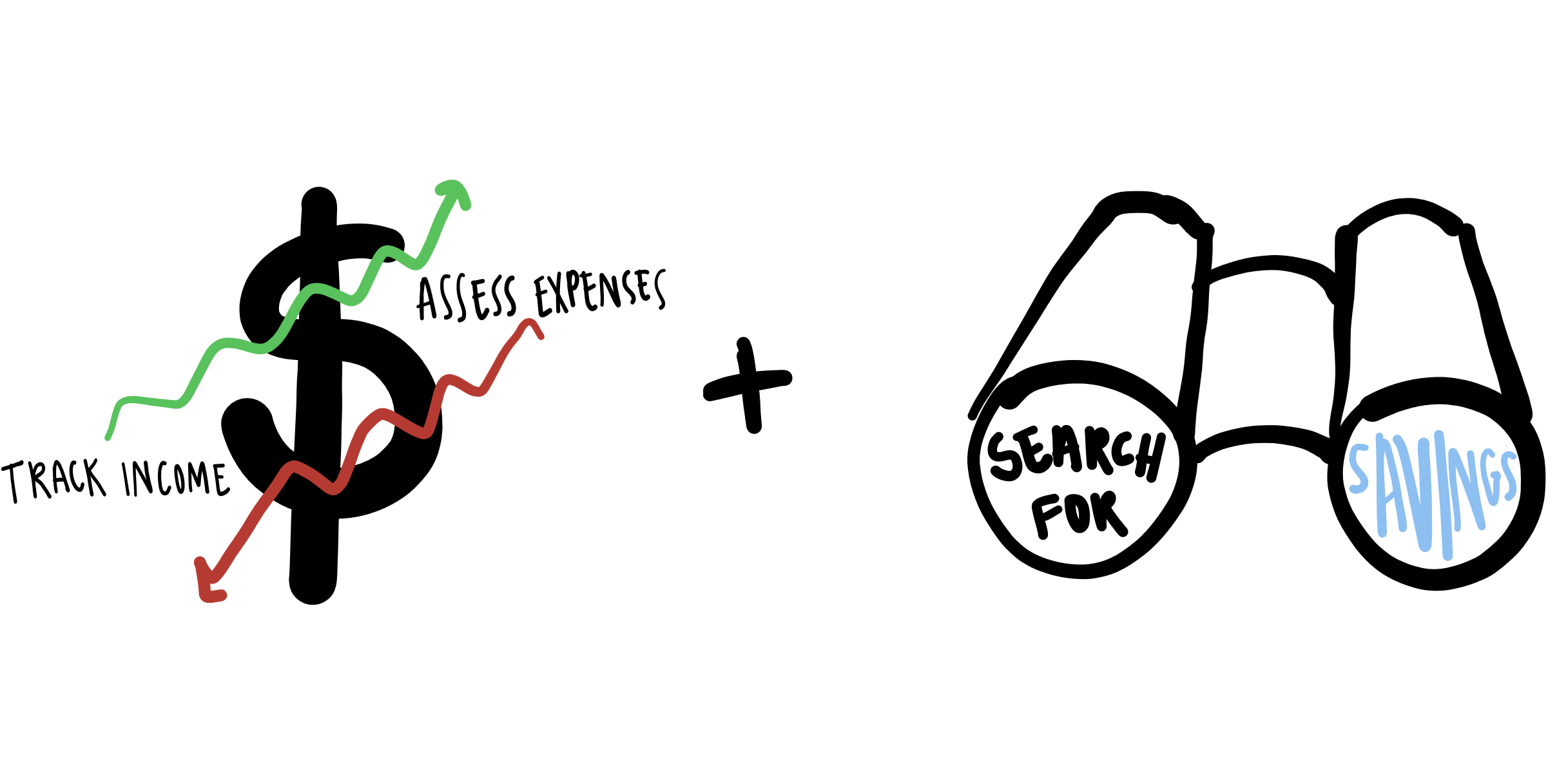When it comes to a company’s stock, earnings are at the heart of its value. A company’s earnings represent its profitability—the actual money it makes after covering all costs—and this bottom line directly influences its stock price. Understanding earnings is key for investors because they reveal how well a company is performing today and provide insight into its potential growth. Let’s break down what earnings really mean and how they impact the value of the stocks you own.
What are earnings?
Earnings are the net income or profit for a business. Publicly traded companies report their earnings every three months in a document called the “net income statement,” which they must submit to the SEC (Securities and Exchange Commission). To find a company’s earnings, you can look up their 10-Q or 10-K filings on the SEC website.
Earnings are reported quarterly and are typically compared to the previous quarter and the same quarter from the previous year to show how profits are growing or shrinking. Companies will also release annual earnings, summarizing their financial year. There are also earnings calls where company leaders (like the CEO or CFO) will discuss recent financial results, and provide guidance for the future.
What determines earnings?
Earnings start with total revenue (the money a company brings in). Then, all the costs are subtracted to see how much profit remains. Some of the main cost categories:
Cost of Good Sold (COGS): Raw materials and labor to make the product
Sales, General, and Administrative (SG&A): All the costs to keep the company running not involved in making the product. Think human resources, accounting, or marketing
Depreciation: This tracks the decrease in value of physical items (like machines) over time.
Amortization: This is the decrease in value of non-physical items (like patents) over time.
Interest: This is what a company pays on its loans (outstanding bonds)
How should I think about earnings?
Think of earnings as a pie. The total size of the pie represents a company’s total profits. Each slice of the pie shows how much profit belongs to each share of stock. Earnings per share (EPS) measures the profit each share would get if the earnings were divided up evenly. For example, Nike (NKE) had $1.051 billion in net income in August 2024, resulting in EPS of $0.70 per share. Meanwhile Ford (F) had a higher $1.831 billion in net income June 2024. Because Ford has more shares outstanding than Nike, EPS came out lower at $0.456 per share.
When evaluating how expensive a single company stock is, investors look at the Price to Earnings (Price/Earnings or P/E) ratio. It’s a measure of how much someone is paying for every dollar of profit at the company. If you expect the company to grow a lot, you should be willing to pay a much higher P/E ratio than for a stable, established company that isn’t expected to grow. Looking at the P/E ratio is a much better way to get a sense of if a company is cheap or expensive. Stock prices reflect both the total earnings and future growth expectations (i.e. the size of the pie) and the number of shares out there (i.e. how big is each piece of the pie).
How do earnings impact stock prices?
Most publicly traded companies have earnings expectations, which is the average of what the professional analysts who track the company expect earnings to be for the next quarter (and beyond). Companies that exceed expectations have a positive surprise, and usually see their stock price go up in response. Conversely, companies that miss earnings (i.e. report lower earnings than expected, or reduce growth expectations) usually see their stock price decline.
Stock market reactions to earnings can sometimes seem unpredictable. For example, a company will beat earnings (i.e. report higher earnings than the analysts expected), but they didn’t beat earnings by as much as they did last quarter, so the stock price drops. Expectations can be so low for some companies any positive earnings surprise sends the stock soaring.
Many critique earnings as a measure of stock price. It’s possible to change accounting practices where the reported earnings number is higher, but the increase is more to do with changes in accounting policies than actual business activity. Extreme cases of manipulation can lead to fines and forcing companies to reissue earnings.
What do earnings do for me, the investor?
Earnings represent the company’s profits, which can benefit investors in two main ways:
Reinvest back into the company: typically done by growing companies, sometimes the best use for extra cash is to put more money back into the company to grow
Payout to investors: typically done by stable, established companies. The stockholders are the owners of the company, so the company returns the earnings to the investors in the form of dividends or stock buybacks
In traditional finance theory, the reason you own stock in a company is that your ownership means you will get the earnings returned to you in the form of dividends. Theoretically, any change in stock price is a change in the expected total dividends you’ll receive over the life of the company. While there can be lots of noise around stock prices (economic outlook, new leadership, etc.), ultimately the expectations around earnings (and thus dividends to investors) is the root of stock price fluctuations.
Whether your own stocks individually or through a broadly diversified fund, understanding how earnings impact stock price can be a helpful way to evaluate their long-term opportunity.



































































